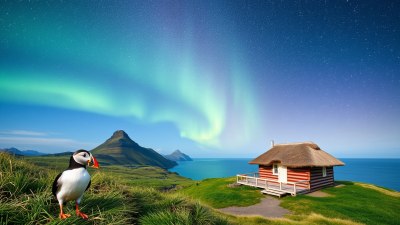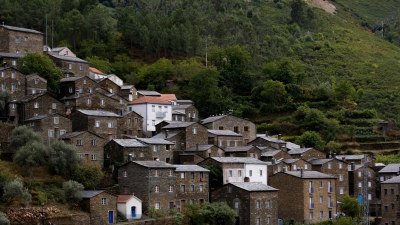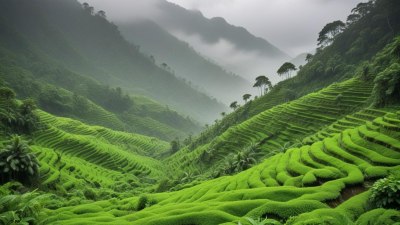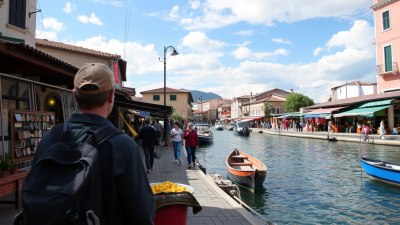Where the Ocean Is Felt Before It’s Seen in Iceland’s Black Beaches
Explore the captivating allure of Iceland's black beaches, where ocean and land intertwine.
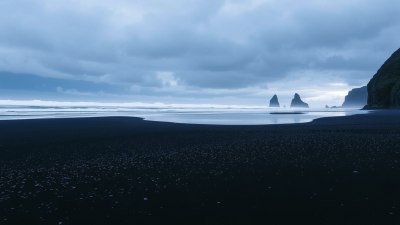
Image created with Flux Schnell
Iceland, a land of stark contrasts, majestic landscapes, and unparalleled natural beauty, is home to some of the most breathtaking coastal scenery in the world. Among these wonders are its famous black beaches, a unique phenomenon that has captured the hearts of travelers and photographers alike. These beaches, with their velvety black sands, are formed from volcanic ash and rocks, creating an otherworldly atmosphere that beckons visitors to immerse themselves in their raw beauty. In this article, we will explore the phenomenon of Iceland's black beaches, how they are formed, their ecological significance, and the unforgettable experiences they offer to those who visit.
The Formation of Black Beaches
The characteristic black sand found on Icelandic beaches is primarily a result of the country’s volcanic activity. Iceland sits atop the Mid-Atlantic Ridge, where the North American and Eurasian tectonic plates meet, leading to frequent volcanic eruptions. These eruptions have given rise to a variety of minerals, particularly basalt – a type of volcanic rock that, when weathered and eroded by natural elements, crumbles into fine black sand. As a result, the black beaches of Iceland, such as Reynisfjara and Vík í Mýrdal, showcase an incredible display of geological forces at work.
Aromas and Sounds: The Ocean Before It’s Seen
One of the most enchanting aspects of visiting Iceland’s black beaches is the way in which the ocean reveals itself to the senses before it comes into view. As visitors approach, the air thickens with the salty aroma of the ocean, mingling with the cool, crisp air of Iceland’s coastal environment. The distinct sound of waves crashing against the black sands creates an auditory prelude to the visual spectacle awaiting nearby. It's a powerful reminder of nature's majesty and the ever-present forces of water and land at play.
Reynisfjara: A Perfect Example
Arguably the most famous black beach in Iceland is Reynisfjara, located near the town of Vík í Mýrdal. Reynisfjara boasts stunning sea stacks, known as Reynisdrangar, which stand tall and proud just offshore, mythologized as trolls turned to stone by the sunlight. The basalt columns that rise dramatically from the land and into the sea are a sight to behold, often forming symmetrical patterns that captivate photographers and nature enthusiasts. Visitors flock to Reynisfjara, not only to marvel at its beauty but also to feel the powerful waves that crash onto the shore, filling the air with a mist that cools the skin and invigorates the spirit.
Safety Precautions at Reynisfjara
While Reynisfjara is undoubtedly a spectacular sight, it is crucial for visitors to exercise caution when visiting this extraordinary beach. The currents in the surrounding waters can be unpredictable, with rogue waves—known as sneaker waves—catching even the most vigilant onlookers off guard. Signs are prominently displayed, warning visitors to keep a safe distance from the water’s edge. Each year, some visitors leave with unforgettable memories, while sadly, others pay the price for underestimating the ocean's unpredictable nature. It is essential to be aware of your surroundings and prioritize your safety while experiencing the natural wonder of Reynisfjara.
Vík í Mýrdal: The Town Near the Beach
The charming village of Vík í Mýrdal, often merely referred to as Vík, serves as a fantastic base for exploring the nearby black beaches. With a population of under 400, Vík offers a cozy atmosphere, complete with picturesque views of the mountains, ocean, and surrounding landscapes. Visitors to the town can explore a small but informative local museum that narrates the history of this quaint settlement and Iceland’s natural wonders. One of the highlights of Vík is the iconic church perched atop a hill, offering panoramic views that stretch over the black sands and more. The combination of Vík’s historical charm and breathtaking surroundings makes it a perfect stop on the journey to the black beaches.
Other Black Beaches and Coastal Experiences
While Reynisfjara is the most famous black beach, it is far from the only one. Iceland is subsequently dotted with various black sand beaches and coastal areas, each reflecting unique characteristics and stories. For instance, the black sands of Djúpalónssandur located on the Snæfellsnes Peninsula offer a different but equally stunning experience. Nestled between strange rock formations, lush hills, and remnants of shipwrecks, this beach invites visitors to explore its rugged coastline further.
Ecological Significance of Black Beaches
The black beaches of Iceland are not merely stunning vistas; they also play a significant ecological role in the coastal ecosystem. The unique composition of the volcanic sands offers habitats for various microorganisms and supports the local marine food web. The interaction between ocean currents and coastal features helps shape the landscape while nourishing the diverse life forms that inhabit these environments. Additionally, the health of these ecosystems is crucial to maintaining the balance between land and sea, drawing attention to the importance of conservation efforts in protecting these unique natural spaces.
Photographic Paradise: Capturing the Black Beaches
For photographers, the black beaches of Iceland present a veritable playground for creativity. The dramatic contrasts of the stark black sands against the vibrant blues of the ocean and the ever-changing sky provide endless opportunities for capturing breathtaking landscapes. Sunrises and sunsets illuminate the beaches in a magical glow that changes by the moment, making each visit a unique and cherished experience. In addition, the captivating rock formations and sea stacks offer an interesting subject for any photography enthusiast, lending themselves perfectly to both close-ups and wide-angle shots.
The Journey Beyond
While Iceland's black beaches are captivating destinations in their own right, they are also gateways to further exploration. The surrounding landscapes are rich in natural hotspots, including waterfalls, glaciers, and geothermal areas. For the adventurous traveler, hiking trails near these beaches can lead to hidden gems and awe-inspiring vistas that showcase the country’s dramatic geology. Guided tours may also offer opportunities to witness the Northern Lights or navigate the country's dramatic fjords, illustrating the beauty of Icelandic nature beyond the coastal realm.
Preserving the Beauty of Black Beaches
As the popularity of Iceland’s black beaches continues to grow, it becomes increasingly important to practice responsible tourism. Visitors should respect the natural environment by adhering to established pathways, avoiding littering, and participating in initiatives that promote environmental conservation. As custodians of these remarkable landscapes, we have a duty to preserve the beauty and integrity of Iceland’s black beaches for future generations to enjoy. By advocating for sustainable practices, tourists can experience these stunning locations while ensuring they remain unspoiled marvels for years to come.
In conclusion, Iceland’s black beaches are captivating destinations that showcase the power and beauty of nature. From their formation through volcanic activity to the array of experiences they offer, these unique coastal landscapes promise unforgettable memories for all who set foot upon their shores. Whether you are captivated by the black sands of Reynisfjara, exploring the charming town of Vík, or marveling at the rugged beauty of Djúpalónssandur, the ocean in Iceland is indeed felt before it is seen. The allure of these ethereal beaches continues to resonate, telling the story of the land's geological history and ecological significance while inviting all who visit to become one with nature's masterpiece.


